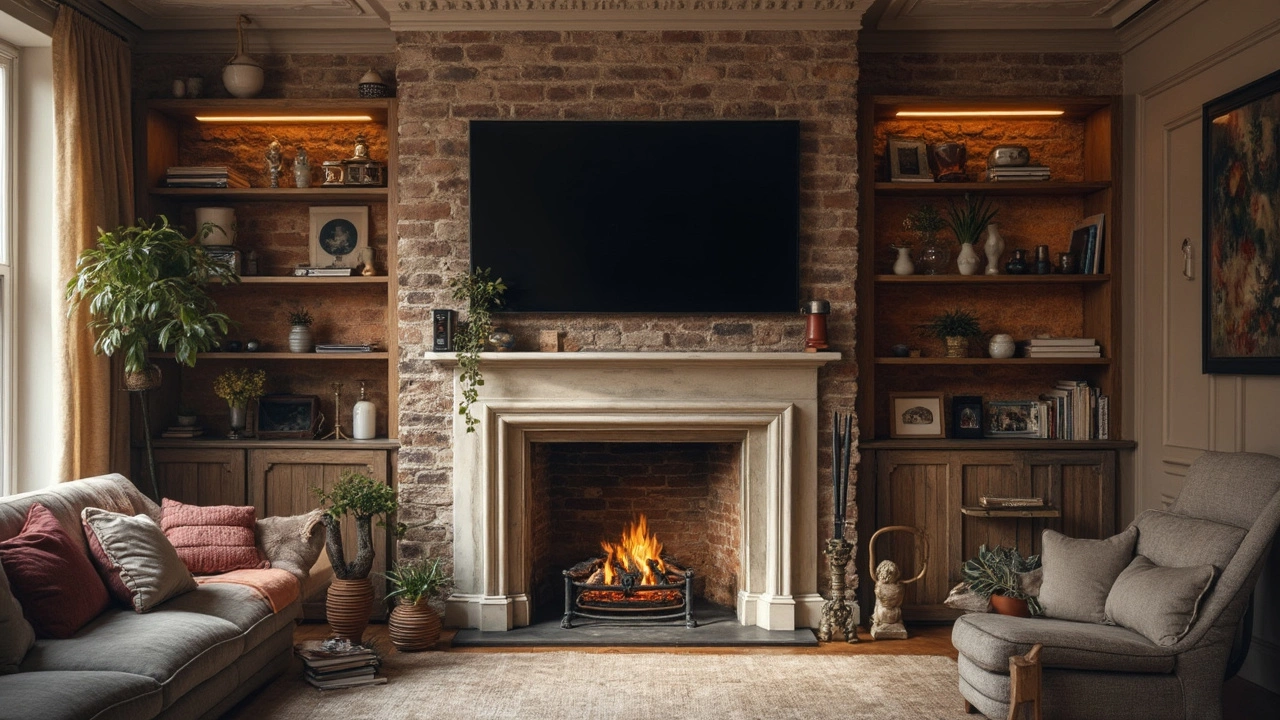Having a TV without a stand can be frustrating, but there are plenty of alternatives to keep your screen upright and secure. Whether it's wall mounting, DIY solutions, or re-purposing existing furniture, the options are diverse. Learn how to make the most out of your setup without the typical stand. This guide covers creative and practical methods to ensure your TV is safely displayed.
TV Furniture: How to Pick the Right Stand, Cabinet or Console
Got a brand‑new flat‑screen and wondering where it should live? The right TV furniture does more than hold your screen – it shapes the whole room. Below you’ll get straight‑forward advice on size, style and storage so you can set up a TV area that looks good and works for everyday life.
How to Pick the Right Size TV Furniture
First, measure the TV. Add a few inches on each side and you’ve got the minimum width you need. If your screen is 55‑inches, aim for a stand that’s at least 50‑inches wide. Too narrow and the TV will look perched on a shoe box; too wide and you waste floor space.
Next, think about height. The sweet spot is when the centre of the screen aligns with eye level when you’re seated. For most sofas that means a stand around 20‑30 cm tall, but if you watch from a high kitchen island, a taller cabinet works better.
Don’t forget depth. Most TV backs are only a few centimetres, so a shallow console (30‑40 cm) is enough. However, if you want a coffee‑table style piece that doubles as storage, go deeper – just be sure the TV doesn’t overhang the edge.
Style & Storage Tips for TV Units
Style is personal, but a few rules keep you from regret. If your living room leans modern, pick a sleek metal or glass media console with clean lines. For a cosy, rustic feel, a wood TV cabinet with a natural grain will blend in nicely.
Storage is where many people miss out. Look for units with built‑in shelves for gaming consoles, soundbars and cable boxes. Open shelves keep remotes handy, while closed cabinets hide unsightly wires. Some stands even have drawers for DVDs or board games – perfect if you like a tidy look.
Floating TV units are another option. Mount the screen on the wall and add a low, wall‑mounted console. This frees up floor space and makes cleaning a breeze. Just double‑check that the wall can support the weight and that you have easy access to ports.
Finally, consider the room’s traffic flow. Place the TV where you can see it from the main seating area without forcing people to walk around a bulky piece. If you have a narrow hallway, a slim console will slip in without blocking passage.
Putting it all together, start with the TV’s dimensions, match the height to your seating, pick a style that fits the room, and add the storage you actually need. With those basics covered, you’ll end up with TV furniture that looks good, works well and lasts for years.
